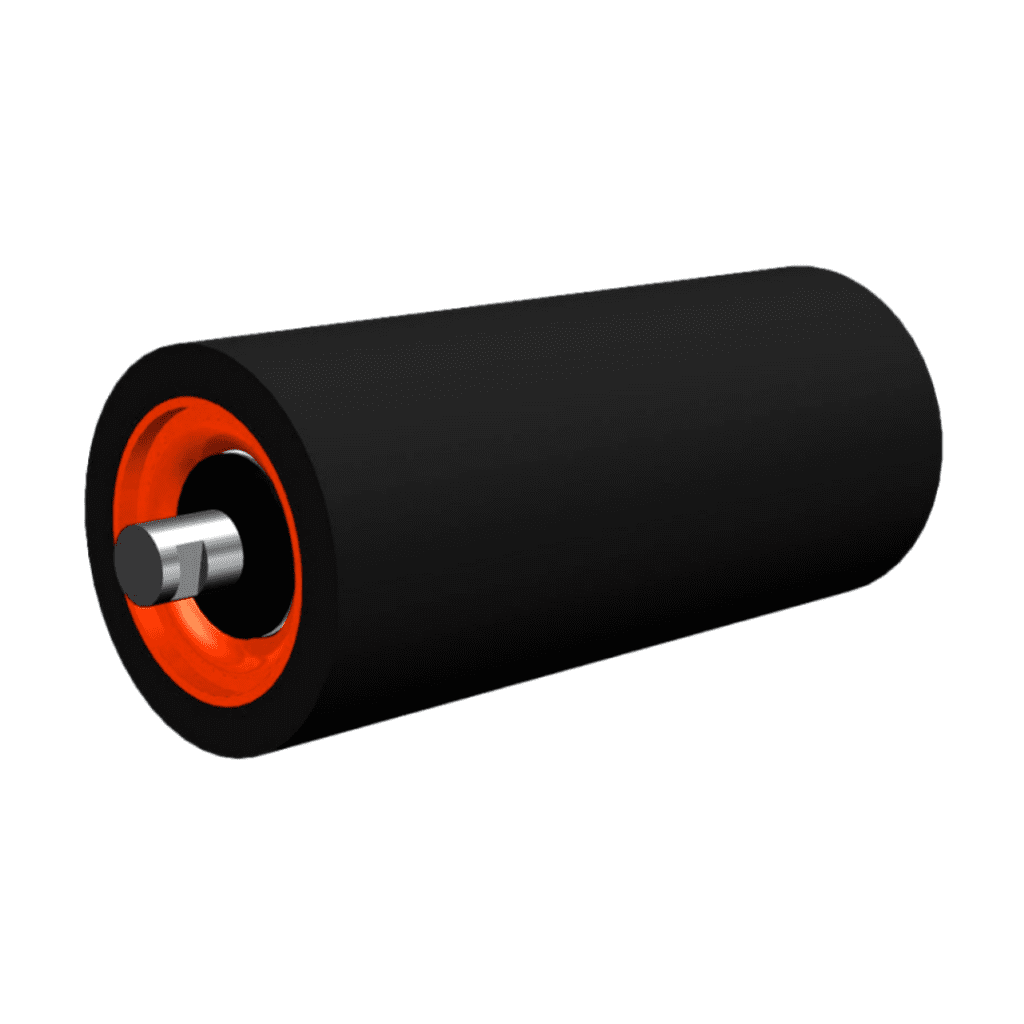
A drum pulley is a vital component in many mechanical systems. It plays a crucial role in transmitting power and motion between different parts of a machine. The main purpose of a drum pulley is to change the direction of the belt or rope that is wrapped around it. This redirection of force allows for the efficient transfer of energy from one location to another. Drum pulleys are commonly used in conveyor systems, where they help to move materials along a designated path. They are also found in various types of machinery, such as printing presses and milling machines. The design of a drum pulley typically consists of a cylindrical drum that is mounted on a shaft. The drum may have a smooth or grooved surface, depending on the specific application. Grooved drum pulleys are often used when there is a need for increased traction or grip. The selection of the appropriate drum pulley for a given system is crucial to ensure optimal performance and longevity. Factors such as the load capacity, speed, and operating environment must be taken into consideration. Regular maintenance and inspection of drum pulleys are also essential to identify any signs of wear or damage. Overall, the drum pulley is an essential component in many mechanical systems, providing efficient power transmission and facilitating the movement of materials.
– Briefly introduce the topic of drum pulleys in material handling
– Mention the importance of drum pulleys for efficient and safe material handling processes
– Highlight the purpose of the blog post: to provide an easy understanding of drum pulleys and their role in material handling success
1. What are drum pulleys? Primary keyword:
drum pulleys in material handling
– Define drum pulleys and their significance in material handling
– Explain the basic components and structure of drum pulleys
– Discuss the different types of drum pulleys commonly used in various industries
2. Function and benefits of drum pulleys in material handling
– Describe the primary function of drum pulleys in material handling systems
– Discuss the benefits of using drum pulleys, such as improved conveyor belt performance, increased efficiency, and reduced downtime
– Highlight how drum pulleys contribute to safety and reliability in material handling operations
3. Factors to consider when selecting drum pulleys
– Identify key factors to consider when choosing drum pulleys for specific material handling applications
– Discuss the importance of considering load capacity, belt tension, and environmental conditions
– Mention the significance of selecting the right drum pulley design to optimize material handling processes
4. Maintenance and troubleshooting tips for drum pulleys
– Provide practical advice on proper maintenance techniques to maximize the lifespan of drum pulleys
– Explain common issues that may arise with drum pulleys and how to troubleshoot them effectively
– Emphasize the importance of regular inspections and preventive maintenance to ensure continuous material handling success
Conclusion
– Recap the main points discussed in the blog post, emphasizing the importance of drum pulleys in material handling
– Encourage readers to consider the information provided when selecting, maintaining, and troubleshooting drum pulleys
– Conclude with a final thought on the role of drum pulleys in unlocking material handling success and promoting overall operational efficiency
